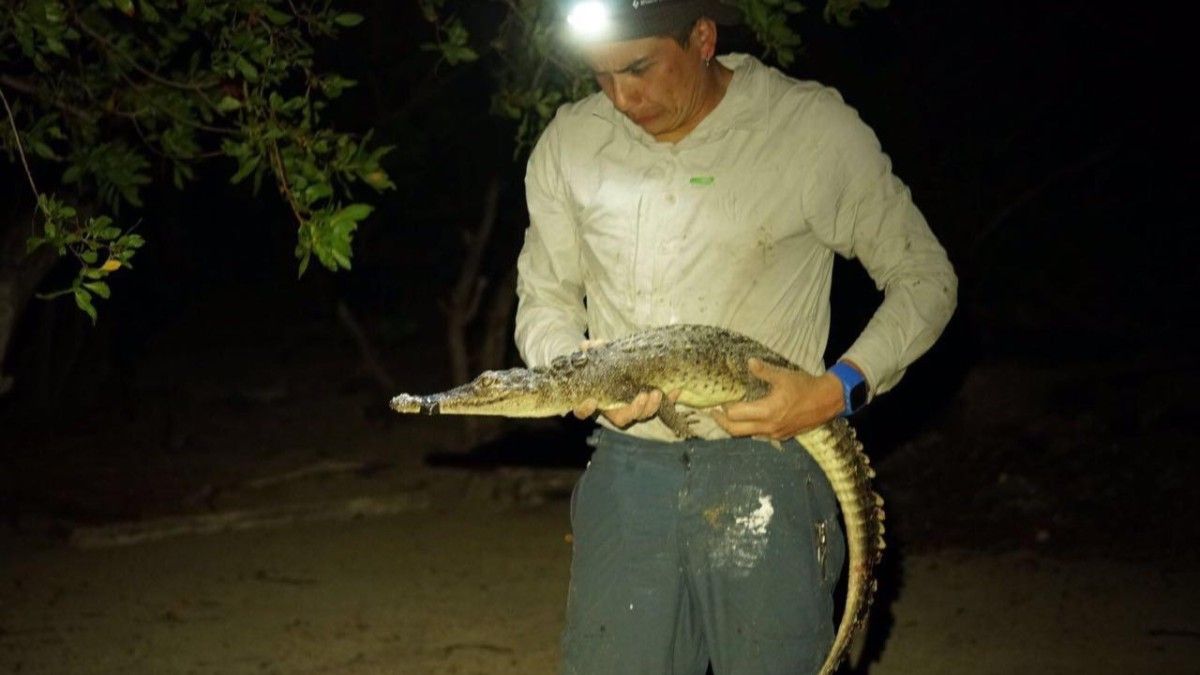Cryptic Predators Unveiled: Hidden Crocodile Species Lurk in Uncharted Territories

In a groundbreaking genetic investigation, scientists have uncovered two previously unidentified Crocodylus species lurking in the Caribbean's hidden ecosystems. These remarkable reptilian discoveries are found on the picturesque islands of Cozumel and Banco Chinchorro, where they face mounting challenges from human encroachment and environmental pressures.
The DNA study has shed light on these cryptic crocodile populations, revealing their unique genetic makeup and highlighting the critical importance of conservation efforts. Despite their remarkable adaptation to these island environments, these newly identified species are teetering on the brink of survival, threatened by ongoing human activities that continue to erode their fragile habitats.
Researchers are now calling for immediate protective measures to safeguard these rare crocodile species, emphasizing the significance of their genetic distinctiveness and the potential ecological insights they may provide. The discovery underscores the remarkable biodiversity that still remains hidden in some of the world's most unexpected places.
